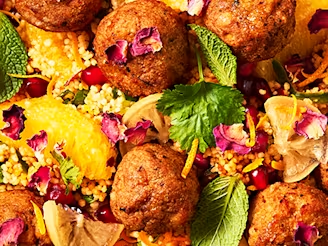
What is Falafel? Top 10 Falafel Questions Answered
Updated 1st Oct 2025
Our blog’s bursting with tips and ideas, info and inspiration. It’s all the stuff about plants that we couldn’t wait to share (but didn’t know where else to put!) There’s so much to get your teeth into.
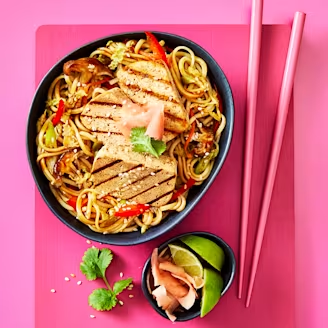

Updated 1st Oct 2025

Updated 15th Sep 2025
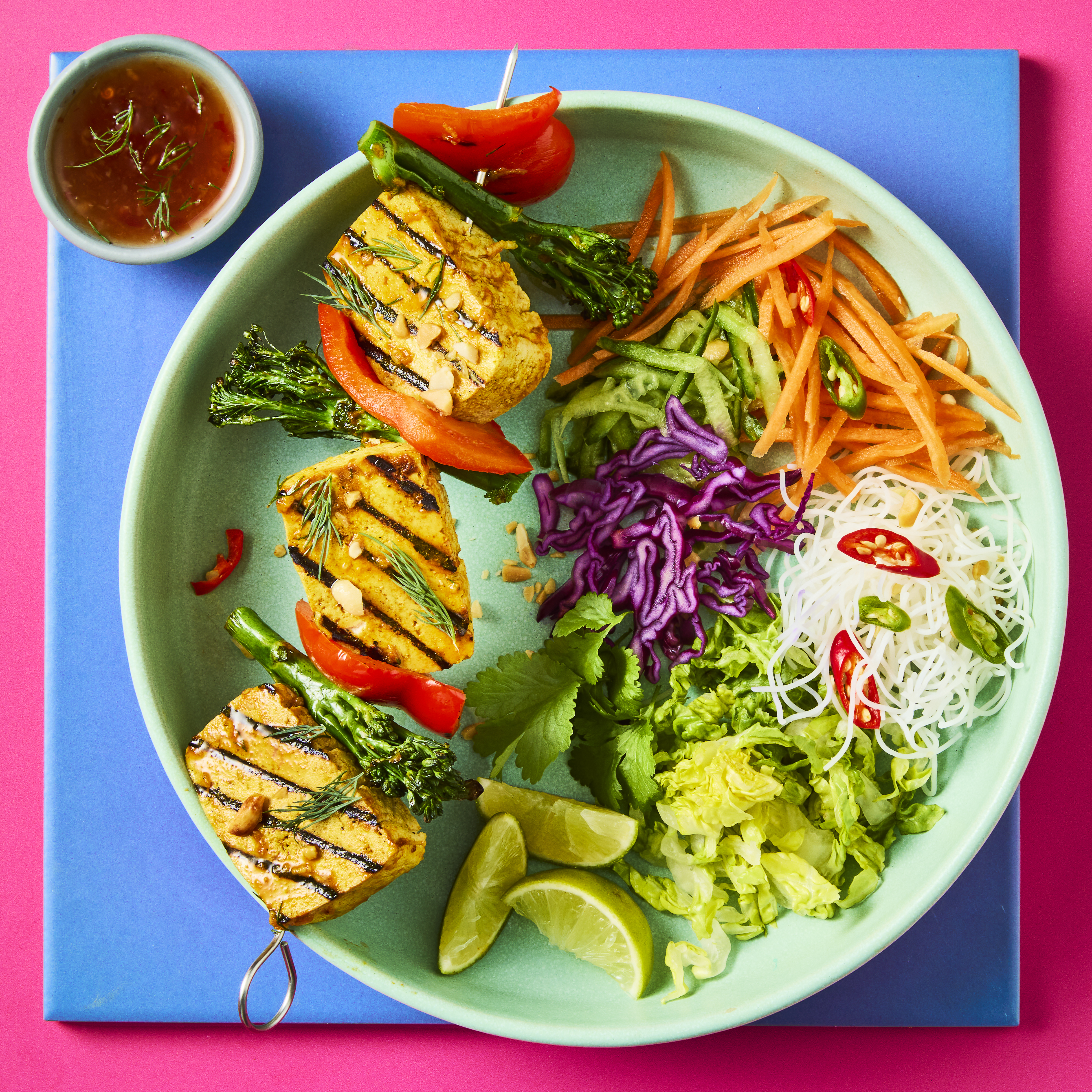
Updated 15th Sep 2025
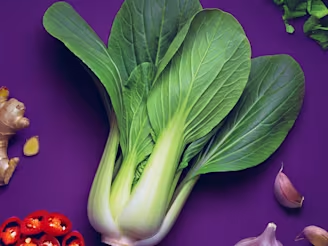
Updated 6th May 2025
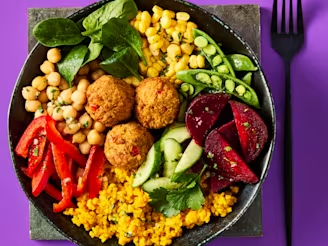
Updated 28th Apr 2025

Published 17th Dec 2024
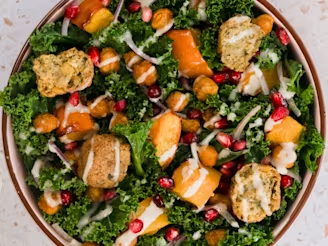
Updated 9th Dec 2024
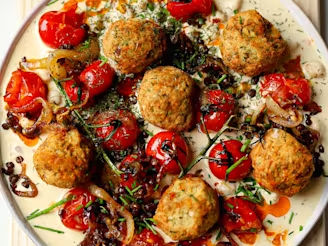
Updated 31st Oct 2024

Updated 30th Oct 2024

Published 1st Oct 2024

Published 26th Sep 2024
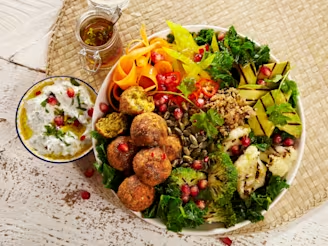
Updated 1st Oct 2024